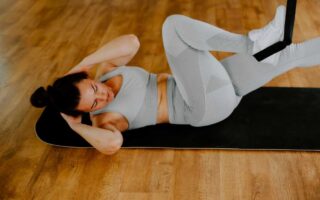Exercise has long been recommended for a healthy heart as well as the rest of the body. Stronger muscles produce better ability to move, carry, recover from injuries and general physical capability without straining. Internal organs operate and function better with exercise, including better digestion, better recovery and sleep, and better immunity.
Exercise also lengthens life in general, reducing the risk of obesity, cardiovascular blockage from fatty material and plaque and related weight conditions like diabetes. That said, pushing exercise further with sports and increased physical capability adds additional benefits, most importantly heart resilience at high blood pressure and demand levels.
Heart Resilience and How to Improve It
Like any muscle, the heart works better with conditioning. Regular exercise and elevated activity often required in sports helps condition the heart to work harder. It is basically the same premise as weightlifting; as the heart is put under greater strain and then allowed time to recovery, it can handle greater loads and demands later on. Exercise and sports both help the heart to become more resilient, especially under stop-and-go conditions common in active sports.
Where conditioning and cardiovascular strength happens with constant pace exercises, like jogging and running, the ability to handle sudden bursts and high, short demands comes with active variable sports like basketball, soccer and similar.
As Dr. Ian Weisberg has seen in many health cases, the key benefit to the heart is an increased ability to work in these short windows and not struggle under variable demand. That contributes to a greater strength in fending off concerns like a heart attack.
Sedentary Life & No Exercise Does Double Damage
Of course, the opposite of sports and heavy exercise involves hours and hours of sitting and not doing anything active. That has a double damage effect. Not only do muscles weaken from lack of use and poor posture, they aren’t helping move blood through the system.
All the work is put on the heart. Without regular exercise and minor strain for health resilience, the heart weakens as well. And that creates a risk for failure when put under sudden pressure such as serious stress, fear, an accident or serious emotional conditions.
It’s Never Too Late to Move
Fortunately, everyone can start moving again as long as they have the ability to walk, jog, or run. Any kind of standing movement with sustained levels and elevated heart rate impact will be an improvement over a sedentary lifestyle. And it will also have very quick benefits for the brain with increased oxygen and the body’s ability to sleep deeper and repair itself too, a key aspect of resilience recovery.



